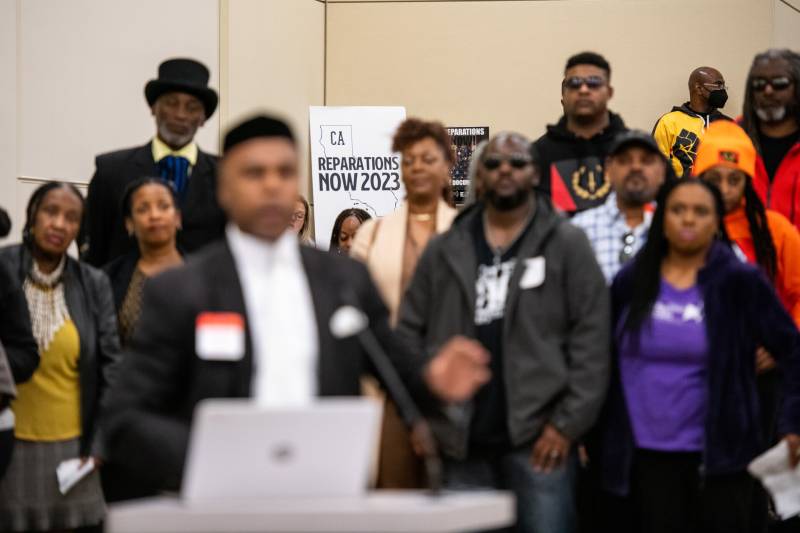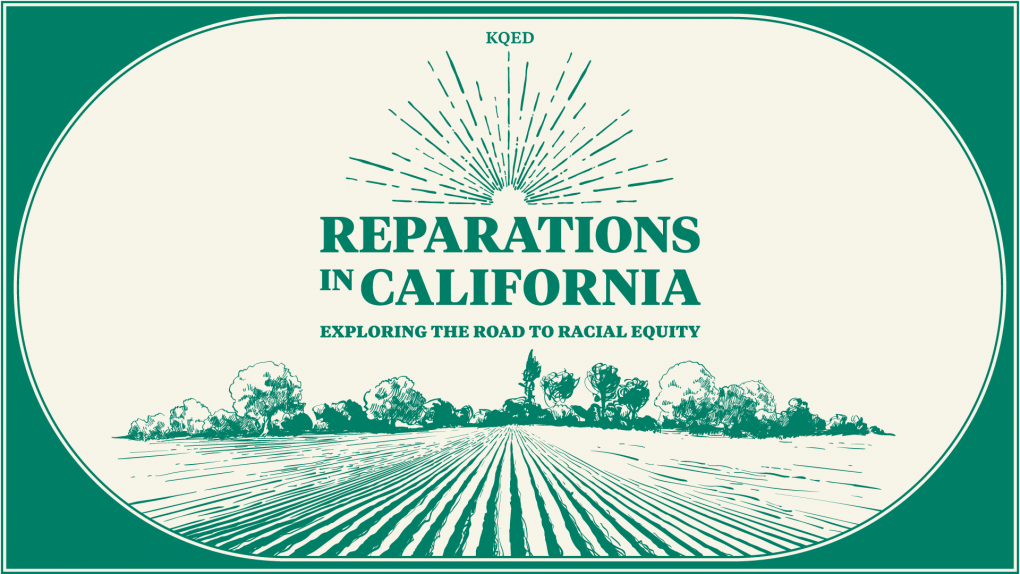“Reparations are not a luxury, but a human right long overdue for millions of Americans,” she said. “We are demanding that the government pay their tax.”
A bill by former state Assembly member Shirley Weber created the reparations task force in 2020, in the wake of the police murder of George Floyd. The panel has since examined the history of slavery and racism in the state and developed detailed plans for how California can begin to undo certain types of racial harm, such as housing discrimination, mass incarceration, the devaluation of Black-owned businesses, the unjust taking of property and unequal access to health care.
The recommendations include policy changes and financial payouts. The task force’s final report and documents, numbering thousands of pages, don’t contain an overall price tag for reparations. They do include ways the state could calculate how much money eligible African Americans in California have lost (PDF) since the state’s founding in 1850. The loss calculations vary depending on the type of racial harm and how long a person has lived in California.
For instance, the loss estimates are $2,300 per person per year of residence for the over-policing of Black communities, and $77,000 total per person, regardless of length of residence, for Black-owned business losses and devaluations over the years.
The task force voted in March 2022 that African American descendants of enslaved Americans were eligible, but other Black residents, such as more recent immigrants, are not. Nearly 80% of California’s 2.6 million Black residents would be eligible, said William Darity, an economist who consulted with the task force.
Task force members said older people should have priority for payment.
CalMatters created an interactive tool for calculating how much a person is owed, using formulas from the task force’s final reports and how long a person lived in California during the periods of racial harm.
For instance, a 19-year-old who moved to California in 2018 would be owed at least $149,799 based on the calculations, but a 71-year-old who has lived in California all their life could be owed about $1.2 million. On the other hand, an eligible 28-year-old Californian who moved out of state in 2012 and just moved back could be due around $348,507, according to the calculator.
Hundreds of millions of dollars
If all of the eligible African American residents lived in the state only two years, it could mean hundreds of millions of dollars in potential reparations.
Eligible Black residents should not expect cash payments anytime soon, though.


